Using Trash to Track Other Trash – Hakai Magazine
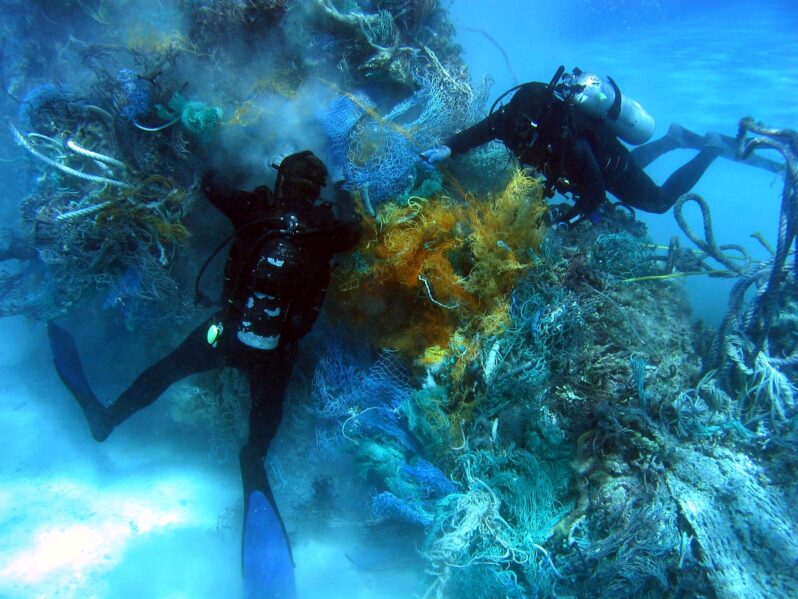
An Australian organization is taking “Reduce, Reuse, Recycle” to heart with its ghost net clean-up program….
Can the circular economy help the Caribbean win its war against waste? – Mongabay
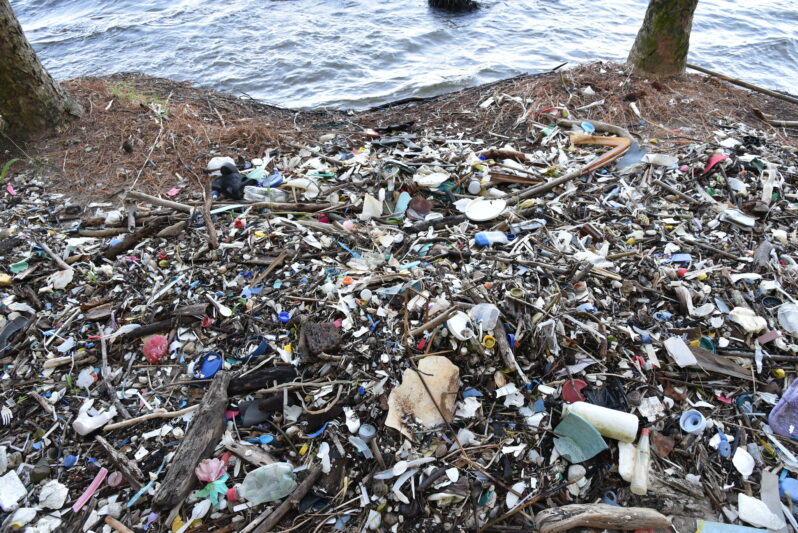
For decades, a graveyard of corroding barrels has littered the seafloor just off the coast of Los Angeles. It was out of sight, out of mind — a not-so-secret secret that haunted the marine environment until a team of researchers came across them with an advanced underwater camera…Startling amounts of DDT near the barrels pointed to a little-known history of toxic pollution…but federal regulators recently determined that the manufacturer had not bothered with barrels. (Its acid waste was poured straight into the ocean instead.)…
It’s not just toxic chemicals. Radioactive waste was also dumped off Los Angeles coast – the Los Angeles Times
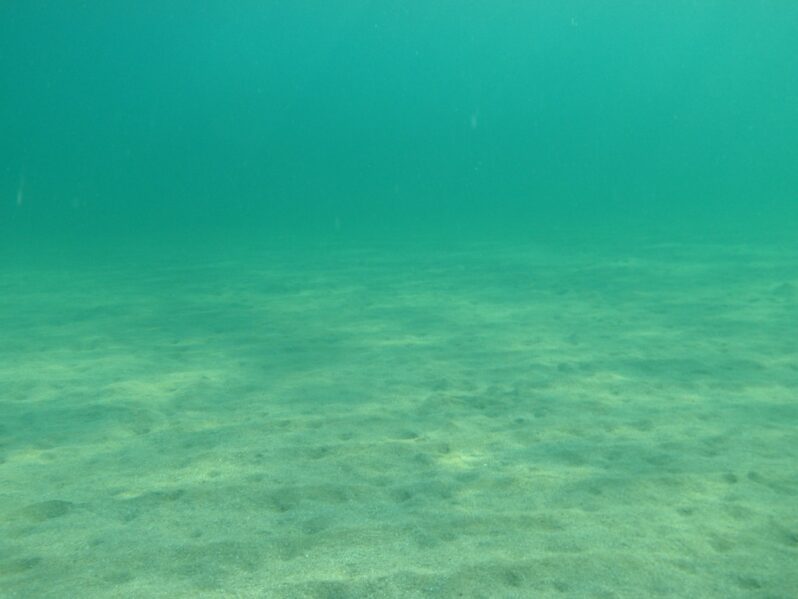
For decades, a graveyard of corroding barrels has littered the seafloor just off the coast of Los Angeles. It was out of sight, out of mind — a not-so-secret secret that haunted the marine environment until a team of researchers came across them with an advanced underwater camera…Startling amounts of DDT near the barrels pointed to a little-known history of toxic pollution…but federal regulators recently determined that the manufacturer had not bothered with barrels. (Its acid waste was poured straight into the ocean instead.)…
Fire Blanketed Lahaina in Toxic Debris. Where Can They Put It? – the New York Times

Crews are sending thousands of truckloads of debris to a temporary disposal site (in Olowalu)..The coast of Olowalu is popular with snorkelers and filled with abundant sea life. In 2017, the coral reef offshore became a focal point for protection by the nonprofit Mission Blue, which advocates to protect the ocean. The organization said the reef acts as a sort of nursery to enhance reefs on other islands nearby. It also supports a large population of manta rays. “It’s environmentally precious,” said Tom Gruber, an adviser to Mission Blue. “It’s like Yosemite. You wouldn’t put a toxic waste dump upstream of Yosemite…”
‘It gets your stomach churning’: the team wading through nappies to clean up Bali’s waterways – the Guardian
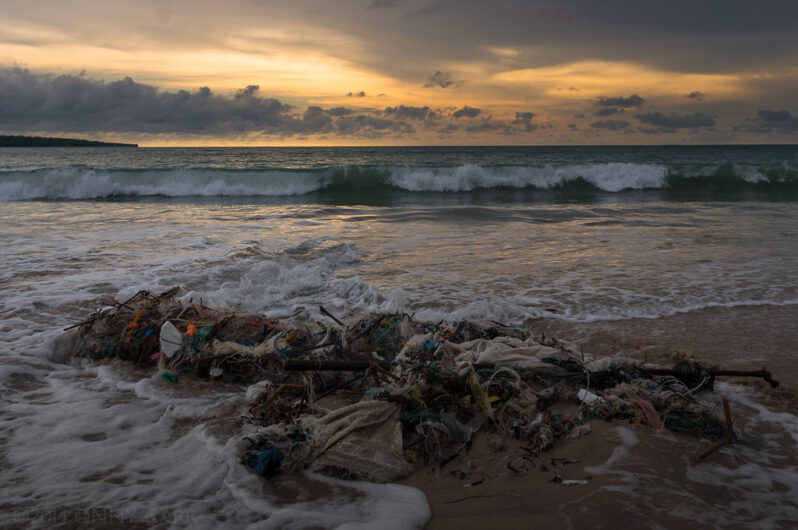
Every week, the Sungai Watch staff don waders and gloves and plunge into the waterways around the Indonesian island of Bali, where they have strung up their big plastic barriers. Along with volunteers, they work their way through the heaps of waste that has built up against the barriers, stuffing it into rubbish bags and slowly, steadily, clearing the filth. The work is gruelling, and yet there is deep satisfaction, even if just temporarily, in watching the rivers open up again. “You do get used to it, strangely enough. But you always need at least a few minutes to adapt as you go into a river….”
Hann Bay, Senegal: from coastal idyll to industrial dumping ground – in pictures – the Guardian
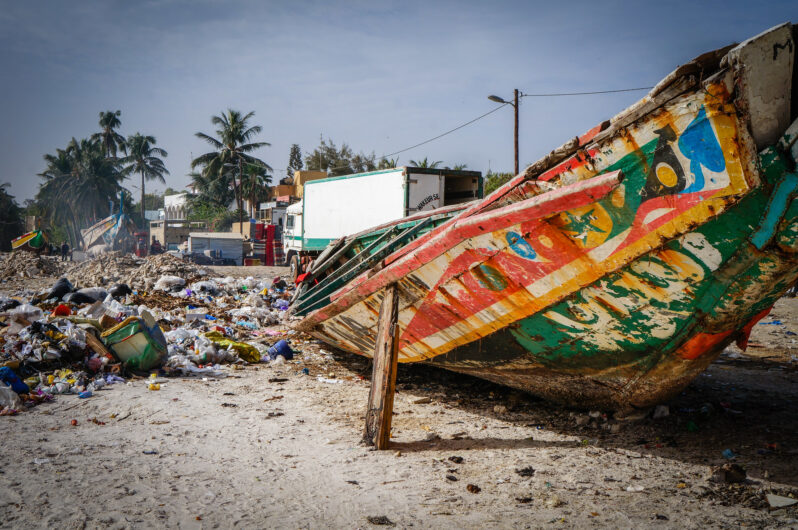
It’s mid-morning on a sunny day and Yvette Yaa Konadu Tetteh’s arms and legs barely make a splash as she powers along the blue-green waters of the River Volta in Ghana. This is the last leg of a journey that has seen Tetteh cover 450km (280 miles) in 40 days to become the first person known to swim the length of the waterway.
It’s an epic mission but with a purpose: to find out whatis in the water and raise awareness of pollution in Ghana…
Don’t look away: This book is a wake-up call to our ‘monstrous’ waste crisis and how to solve it – EuroNews
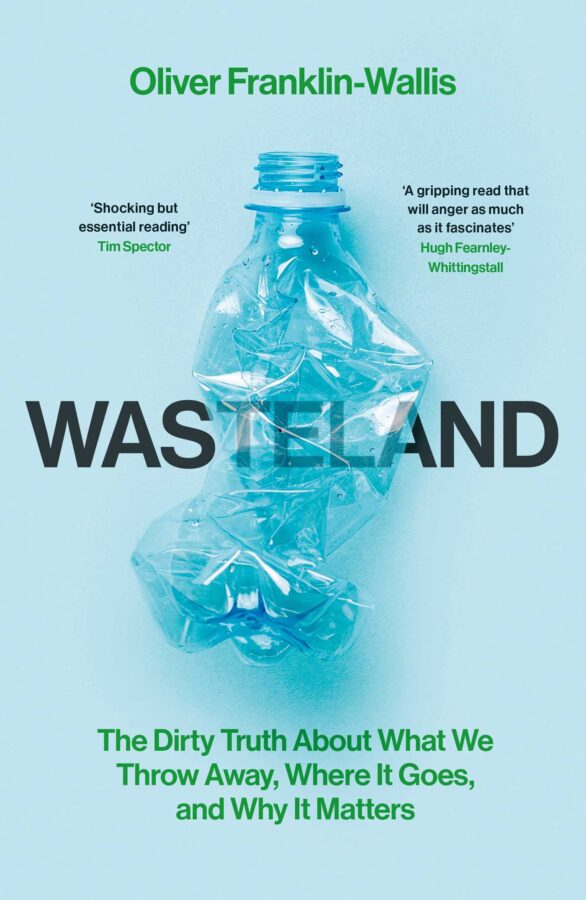
I’m only three pages into Wasteland when a stat first unnerves me: “It is forecast that by 2050 we will be producing a further 1.3 billion tonnes [of waste] a year.”
It already feels like the world is weighed down with waste. And I’d (somewhat naively) hoped that, given today’s talk of sustainability, recyclable materials and circular economies, we’d be headed the other way by 2050 – towards a less wasteful world…
‘It’s like a death pit’: how Ghana became fast fashion’s dumping ground – the Guardian

It’s mid-morning on a sunny day and Yvette Yaa Konadu Tetteh’s arms and legs barely make a splash as she powers along the blue-green waters of the River Volta in Ghana. This is the last leg of a journey that has seen Tetteh cover 450km (280 miles) in 40 days to become the first person known to swim the length of the waterway.
It’s an epic mission but with a purpose: to find out whatis in the water and raise awareness of pollution in Ghana…
